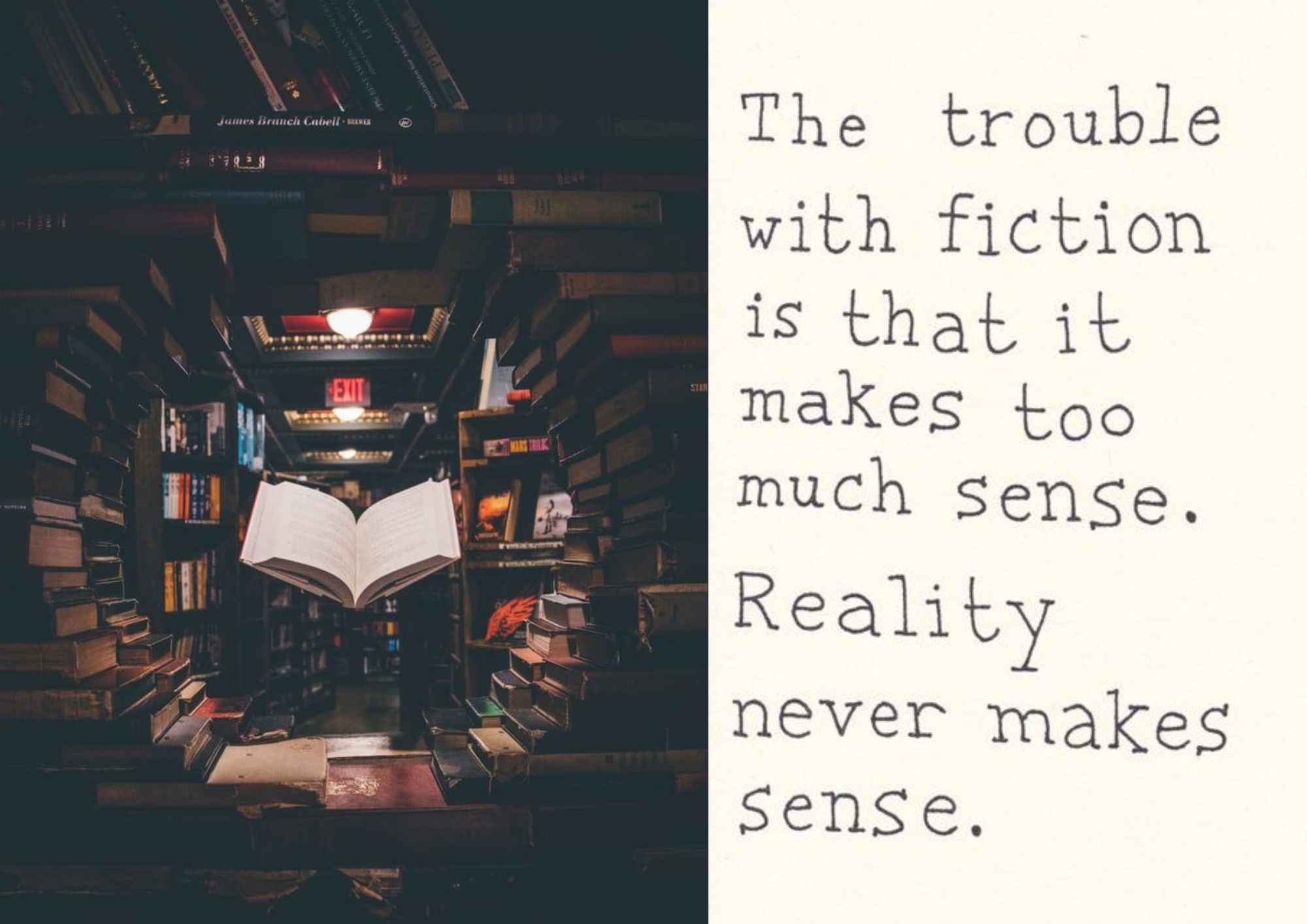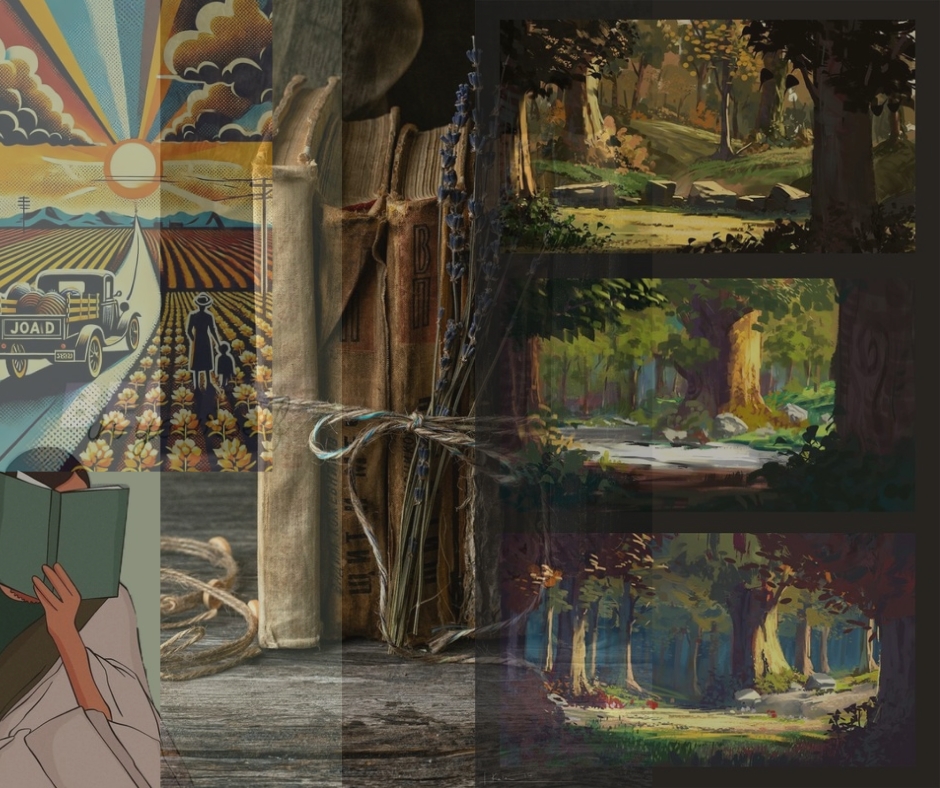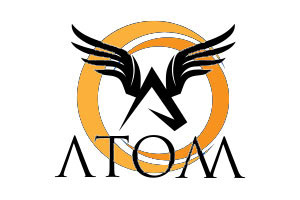Create a Story Setting That Feels Real

How to Create a Story Setting That Feels Real (Even If You Made It Up)
One rainy afternoon, my friend Ruchika plopped down beside me with a sigh loud enough to startle the neighbor’s cat.
I looked at her. “What now, Ruchi? You look like someone stole your last French fry.”
She groaned. “I’m trying to write a story. But I just can’t make the world feel... real.
Like, how do you even do that? I know what’s happening in the story, but the place where it happens feels so boring. Flat. Fake.”
I smiled. “Ruchi, you just stumbled into one of the most fun parts of writing.”
She looked at me suspiciously. “Fun? You call building an entire world fun?”
“Oh, absolutely!” I said, jumping up and grabbing two mugs.
“But first—hot chocolate. You’re going to need it. Because today… we’re learning how to create a setting that feels real.
Even if you just made the whole thing up in your head.”
She blinked. “I’m listening.”
“Good. So, imagine this. You're reading a book and suddenly, it feels like you're in the story.
You can smell the cinnamon rolls from the bakery, feel the wind ruffling your hair, hear the clinking of teacups from the café nearby... That’s not magic.
That’s a well-built setting.”
Her eyes widened. “I want that! How do I do it?”
“Come sit. Bring your imaginary paintbrush—we're about to build your story world.”
"Use Your Senses Like a Detective"
I told her, “Close your eyes. You’re standing in a magical forest. Tell me what you smell.”
“Umm… maybe flowers? Wet bark?”
“Good! Now what do you hear?”
“Birds chirping? Maybe a soft wind?”
“Exactly! The more your setting uses the senses, the more real it becomes.
Make your reader feel like they’re walking through the world, not just reading about it.
Think smells, sounds, textures, tastes—even temperatures.”
“Want your reader to feel the crunch of dry leaves or the sticky sweetness of air near a candy factory? Describe it.
Your words are your camera—and your keyboard is your superpower.”
She jotted that down with a smile.
"Borrow from the Real World"
“You don’t have to imagine everything from scratch,” I said, sipping my cocoa.
“You can steal little pieces from the real world.”
“Steal?” she gasped dramatically.
“Borrow creatively,” I corrected. “Say your story takes place in a spooky mountain village.
Look up real mountain villages—what kind of trees grow there? What do the houses look like? Then mix it up.
Maybe add fog from Scotland and legends from Peru.”
“Like world-cooking?” she asked.
“Yes! You’re a world-chef now. Pick your ingredients, mix your flavors, and season it with imagination.”
"Explore the World Without Leaving Your Bed"
“Ever used Google Maps?” I asked.
“Of course.”
“Perfect. Use Street View to ‘walk’ through streets in Italy, castles in France, or markets in India.
You’ll find real sounds, sights, and smells to sprinkle into your made-up world.”
“YouTube, travel blogs, Pinterest—they’re all secret doors to inspiration. Find images.
Study textures. Watch videos of festivals and cities. Capture the rhythm of real places to inspire your own world.”
“I never thought of that!” Ruchika said.
"Make a Map—Even a Silly One"
“Even if you’re drawing stick figures and labeling caves as ‘Dragon Hideout #3,’ maps help you visualize where everything is.”
She giggled. “Can I make a volcano named ‘Mt. Mood Swing’?”
“I insist on it.”
“Maps help your story stay consistent. If your character walks east to the forest, the forest shouldn’t magically be west later.
Even a simple sketch gives your world bones to build on.”
“Bonus tip: Add tiny notes. ‘Here’s where the trolls have tea,’ or ‘This is the cursed bakery with singing donuts.’
These silly touches can spark story ideas later.”
"Add Culture, Food, and Festivals"
“Okay Ruchi, your story takes place in a floating city of clouds. What do people eat?”
“Uh… cotton candy?” she guessed.
“Nice. How do they celebrate birthdays?”
“With cloud lanterns maybe?”
I nodded. “These are culture details. Food, traditions, holidays, games—they make your world feel lived in.
It’s not just where your characters walk, it’s how they live.”
“Do they wear shoes or float around barefoot? Do they have bedtime stories or bedtime riddles?
Culture adds magic to your world—and makes readers want to stay longer.”
"Let the Setting Match the Mood"
I played a game with her. “Which one feels scarier?” I asked.
A) A cozy cabin with cookies in the oven.
B) A dark cabin with broken windows and cold wind whistling.
“B. Definitely B.” She replied.
“Exactly. The setting doesn’t just tell the place, it also helps tell the mood.
A sunny park feels cheerful. A foggy alley feels mysterious.”
“If your character is sad, maybe the sky is grey and the air feels heavy.
If they’re in love, maybe the flowers seem brighter. Settings aren’t just places—they reflect emotions.”
"Time Matters Too"
“Ruchi, when is your story set?”
“The future. Like, way in the future.”
“Nice! That means—no horses unless they’re robotic.
No smartphones unless they’re brain chips. Time affects fashion, tech, language—even rules.”
“A story in the past might use candles, handwritten letters, and old-timey slang.
A futuristic world might have teleportation booths and chocolate that sings lullabies.
Whether it’s the 1700s or year 4025, your world should fit the time.”
"Let the World Grow"
I leaned forward. “Did you know your setting can change as your story goes on?”
“Really?”
“Totally. The peaceful kingdom might turn to chaos. A creepy forest might become a safe haven.
Changing settings show how the story moves forward.”
“If the world shifts, it keeps readers curious. Maybe the school hallway turns into a maze at night.
Maybe the village changes when a dragon moves in. Let your setting evolve, just like your characters do.”
"Make the Impossible Feel Possible"
“Last one,” I said. “Even if your world is bananas—like a town made of jellybeans—it still needs to make sense.”
“So jellybean houses don’t melt in the rain?” she asked.
“Exactly! Set your world’s rules and stick to them.
That’s how readers believe in floating cities and talking animals—they trust your logic.”
“If dragons breathe fire, can they roast marshmallows?
If the moon is made of cheese, do astronauts eat it? Make sure the rules work—and then don’t break them halfway through unless there’s a reason.”
Bonus Tips: Power-Up Your Setting
Ruchika was furiously scribbling now, so I added a few extra power moves:
- Use similes and metaphors: “The grass was as soft as a kitten’s belly.”
- Add action to description: Don’t just say “the bakery was warm”—say, “the warm bakery air rushed out and hugged her like an old friend.”
- Use contrast: Make the peaceful lake suddenly ripple. Make the bright city go dark. Contrast creates excitement.
Practice Time: Try One of These and Build a Paragraph
I handed her a list. “Pick one. Describe what your character sees, hears, smells, and feels. Make me believe I’m there.”
- A floating library in the sky
- A forest made of giant candy canes
- A beach on a planet with purple sand
- A town where time runs backward
- A school for invisible animals
She looked up. “And after that?”
I winked. “We grab some snacks, and then I teach you how to build characters that feel real.
But that, my friend, is a story for tomorrow.”
Your Turn, Story-Builders!
Want to make your setting amazing? Grab a notebook and fill out these questions for your story world:
-
What can your character see, hear, smell, touch, and taste?
-
Where does your story take place? (Draw a map—even a silly one!)
-
What year or time period is it?
-
What kind of food do people eat there









